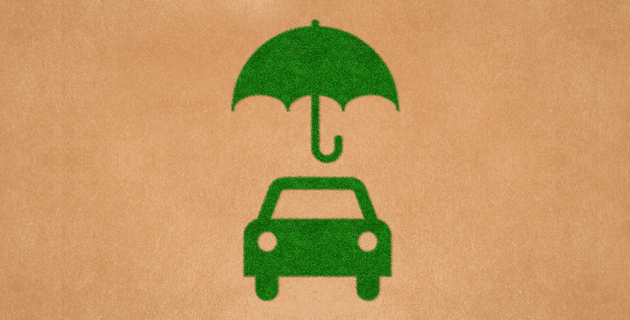You don’t have to wait for your auto policy to expire to change insurance companies. However, you do need to make sure you’re fully covered without any gaps in insurance. We’ve compiled some guidelines to help you decide if a change is right for you.
When should you think about changing policies?
While you don’t need a reason to change your auto insurance, there are some times when it makes sense for you to revisit your policy—even if you don’t change insurance companies. You may end up modifying your current policy to meet your evolving needs. For example:
• If you’ve had a major life change, such as getting married or divorced, you may need more or less insurance.
• If you’ve moved to a new zip code or state, the new location could affect your premium.
• If you’ve become a homeowner, you can bundle your auto and home and save money.
• If you’ve gone from working out of the home to remote work, your annual mileage may be less.
• If you’ve bought a new car, you will want to check insurance policy options.
• If your teenager is about to get his or her license, that will add to your policy.
• If your credit score has improved, you may qualify for a lower rate.
• If you’re unhappy with your current insurer, you can consider a change.
• If you’re approaching your renewal date, you can terminate a contract without cancellation fees.
Follow these steps to make the change.
Step 1: Consider your coverage options.
Figure out how much coverage you need. If you depend upon your care, you want to make sure that you have enough to replace it if necessary. Also, check your state laws. Some states will require you to have certain car insurance. If you lease or finance a car, your lender or lessor will require you to purchase collision and comprehensive insurance.
Step 2: Compare quotes from multiple insurers.
Get quotes from several insurers, and make sure you are comparing the same coverage, limits, and deductibles. Sometimes policies are cheaper because they don’t have the same coverage. This is also a good time to contact your current insurer to find out about discounts, or other ways to lower your cost. California Casualty offers discounts to nurses, educators, and first responders.
Step 3: Check for penalties and perks.
If you’re in the middle of your policy contract, there may be a penalty for canceling. Make sure you figure that into the decision to switch. You also will want to look for the perks, or little extras, that are offered. Some insurers offer inexpensive roadside assistance or accident forgiveness for qualified customers. Some have smartphone apps or are available 24/7 online.
Step 4: Do your research.
You want to know how your new insurer handles claims, and whether they have a good customer service rating. It may not be worth a lower price if it’s going to be a hassle dealing with the new company. Check out your insurer with the Better Business Bureau, JD Power, or the National Association of Insurance Commissioners.
Step 5: Make sure there’s no gap in coverage.
Car insurance lapses can be expensive, especially if you have an accident on the day in between. If you cancel one policy, make sure the other one is already in place. Your new insurance company can provide proof of insurance to your old company. However, they cannot cancel your policy. You need to do so. You’ll receive a refund for any unused portion. There may be a cancellation fee.
Pro Tip: Also remember to cancel automatic payments to your old insurer with your bank or credit card.
Step 6: Notify your insurer and lender.
Make sure to officially cancel your policy with your old insurer. Otherwise, your insurer will think you simply stopped paying your bill, and you could be liable for charges. Some insurers require 24 hours before canceling, so make sure you are aware of the terms. Also let your lender or lessor know about your new insurance if you are leasing or financing your car.
Step 7: Replace your insurance ID.
Once you make the change, ask for a digital copy of your insurance card. You can also order a printed card. Remember to place your new insurance card in your car’s glovebox.
Finally, if you have an open claim, wait to make a change.
You may not be able to change insurers if you have an open claim with your current insurance company. The claim has to be paid and closed. Also, the rate quoted from your new insurance company may not take into account that most recent claim. If that’s the case, you could have a big increase when you renew with the new company, or even be responsible for a retroactive fee.
Get started with a free quote today at mycalcas.com/quote.
This article is furnished by California Casualty, providing auto and home insurance to educators, law enforcement officers, firefighters, and nurses. Get a quote at 1.866.704.8614 or www.calcas.com.
- Graduation – When to Remove Your Child from Your Auto Policy - May 18, 2023
- How to Prevent Catalytic Converter Theft - May 17, 2023
- How Much Does Home Insurance Cost? - May 17, 2023

